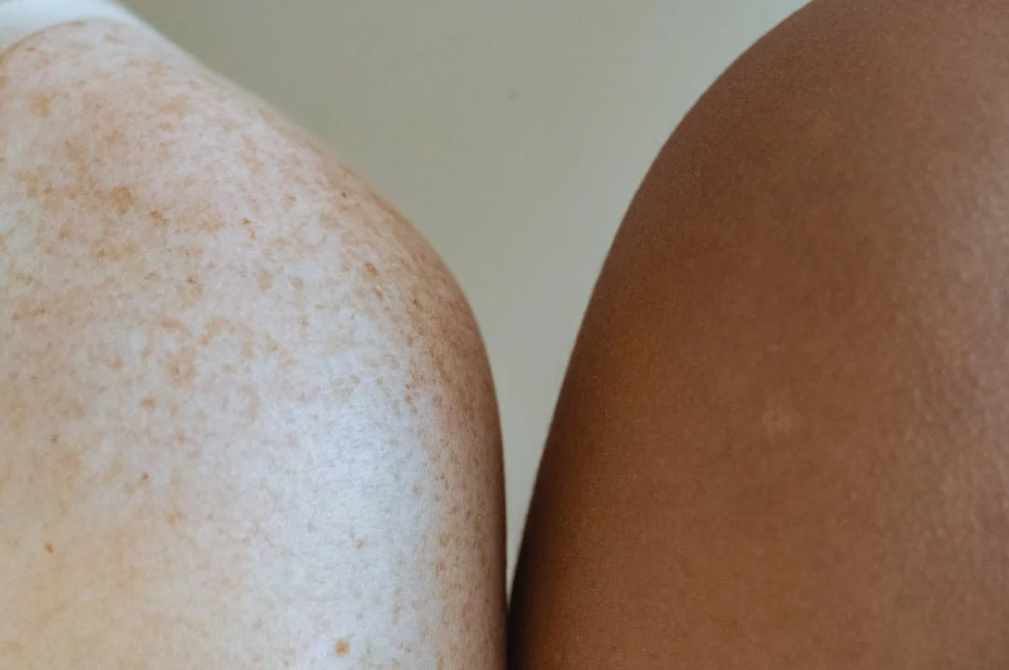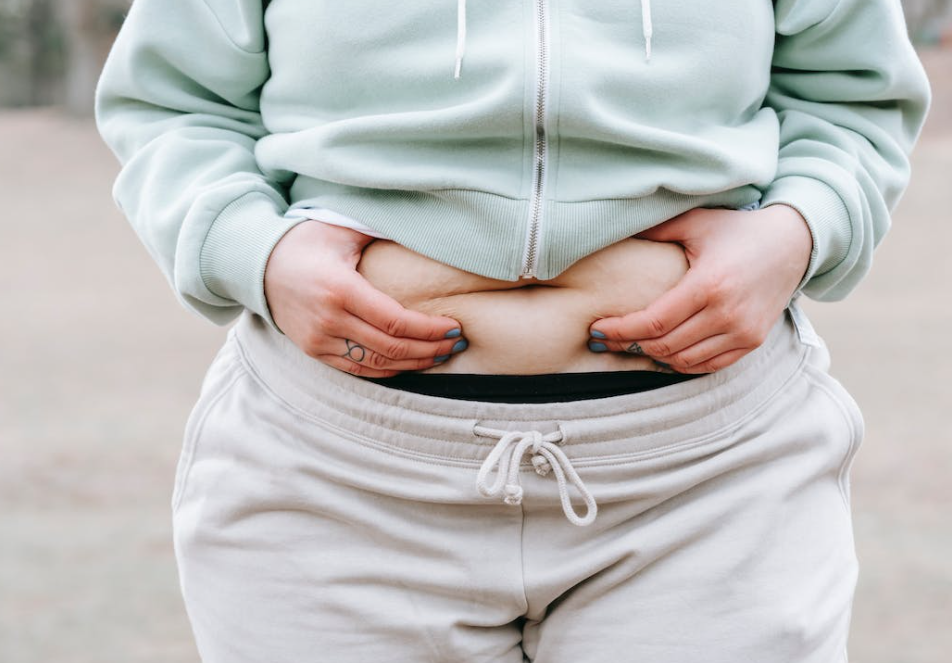Body Positivity Vs Body Neutrality
Discover the significance of the two sides of body positivity and body neutrality.

Selfpause Affirmation App
Download the app to get 1,000’s of affirmation meditations and everything you need to write, record and listen to your own.
There are two sides to body positivity. The positive side is focused on looking your best and body neutrality is about accepting your body as it is. This article will discuss the benefits of body positivity vs body neutrality. Find out which one you’re more likely to embrace!
Body positivity is about looking good

Body positivity is about looking good and accepting who you are, regardless of your size or shape. It’s important not to spend all your time focusing on your appearance and instead focus on what makes you happy. That means finding new hobbies, pursuing your interests, and even getting out there and doing it. Your body is made for living, not sitting around and watching television. If you’re feeling down about your body, there are many resources out there to help you feel better about it.
The body positivity movement has largely been driven by plus-sized influencers. However, the movement has also been embraced by smaller, thin content creators. While the movement has been popular among women, it’s important to remember that men need it just as much. Traditionally, male bodies were framed by expectations of White, lean, and muscular bodies.
While there are some benefits to this movement, some critics claim that it perpetuates a culture that focuses on appearance and beauty and encourages unhealthy habits. Despite the good intentions behind body positivity, the movement has fallen short of its goal of inclusivity. However, many people still find it helpful and believe that it can be a positive influence.
As the message of body positivity reaches the mainstream, it is vital to understand that it’s not about ignoring imperfections or health issues. The goal of body positivity is to live in comfort in your own body and to care for it holistically. This can be achieved through learning how to listen to your body’s signals and making lifestyle choices that are best for you. If you’re feeling down about your body, you’re more likely to develop unhealthy habits and suffer from a number of mental illnesses.
In addition to self-acceptance and weight management, body positivity promotes a positive body image. However, many critics of the movement have argued that the movement is too narrow and ignores the many health risks associated with excess weight and body size. While the message is generally supportive of body-positive behaviors, it fails to address the structural reasons why so many people have negative body images. Moreover, it fails to address the underlying systems of oppression and discrimination. Consequently, body-positive movements should be broad and inclusive.
One of the main causes of body positivity is the societal stigma surrounding fatness. In the past, people were deemed fat and therefore deemed unhealthy. However, the fat acceptance movement aimed to end the stigma and improve society’s perception of fat people. These organizations are still active today, and work to remove the stigma associated with body size and appearance.
It is also important to remember that body positivity doesn’t necessarily mean wearing nudity or wearing minimal clothing. While flaunting your body does show confidence, it’s not necessary for being happy with yourself. Many people who are confident don’t flaunt their bodies and dress modestly. Another reason body positivity is so important is that it impacts our mental health. An unhealthy body image can lead to a life-long mission to improve one’s appearance and self-esteem.
Body neutrality is about accepting your body as it is

Body neutrality is the concept of accepting your body as it is, rather than trying to change it. By not trying to change your body, you can free up your mind to think about other things. Body neutrality can be beneficial to people who struggle with their appearance. It can also be beneficial to people who have a difficult relationship with their bodies.
Body neutrality can be a helpful tool in your journey toward body love. It encourages you to accept your body the way it is, and it helps you recognize non-physical characteristics you may not like. It also challenges the myth that beauty determines the worth. In addition, body neutrality offers space for you to step back from the conversation with your body and focus on your actions, thoughts, and feelings.
According to Kelly McGonigal, a Stanford University health psychology professor and author of the book “The Joy of Movement,” body neutrality is a concept of body acceptance that encourages people to embrace their bodies and find joy in movement instead of striving for a certain body shape.
In the wake of the body positivity movement, body neutrality has gained popularity. The aim of body neutrality is to promote a healthy body image by recognizing what you love and what you don’t like about your body. Both approaches are important to developing a healthy body image.
While body neutrality is an important concept to promote healthy body image, it can also be politically motivated. In some cases, it may be a political statement or a way to demand visibility in society. Whatever your motivation for body neutrality, it is important to remember that it takes patience to change old habits and false positive messages.
As with many other aspects of life, body image has a profound impact on one’s physical and mental health. According to research, healthy body image is linked to improved quality of life for teenagers and adults. Studies show that those with a positive body image have higher self-esteem and experience less depression and dieting.
Body neutrality requires personal reflection, which involves changing the language you use to talk to yourself. You should be more objective and focused on your body’s capabilities, rather than its looks. For most people, body neutrality is a lifelong process that will require a lot of time and effort.
Body positivity has become popular amongst lifestyle influencers. However, the original mission of this movement was much different than the current messages it spreads. In its early days, body positivity focused on embracing the way you look and reducing negative thoughts about yourself. By accepting your body as it is, you can achieve radical self-acceptance.
Benefits of body positivity vs body neutrality

Body positivity is a social movement that promotes the notion of loving and appreciating your own body and your unique features. The concept is more than just thinking that your body looks good; it also means knowing that your body is good, regardless of appearance. People who are committed to body positivity have realistic expectations of their bodies and reject the unrealistic beauty standards that are propagated by the media.
The body positivity movement began with conventionally beautiful white women and non-disabled people, emphasizing the importance of physical appearance as a component of self-worth. While this movement has positive aspects, it also has some negative implications. As a result, it is important to understand that body positivity is not without its potential drawbacks.
The benefits of body positivity include an intuitive relationship with food, trusting yourself around food, and learning to recognize your body’s hunger and fullness cues. However, it is important to remember that not every meal is nourishing for you. You may overeat or eat past fullness, and you may also eat because you’re feeling sad or happy. The benefits of body positivity are numerous.
Body positivity is not an overnight solution, however. It is important to seek help if you’re suffering from a negative body image. Even body neutrality is not easy to adopt on your own; it requires a mindset shift and a change of attitude. By changing your attitude, you can begin to enjoy a healthy, positive relationship with your body.
Body neutrality, on the other hand, encourages acceptance of your body as it is, and not an obsession with your looks. Whether you’re fat, overweight, or have a large baby, body neutrality enables you to accept the way your body looks. Body neutrality may also be helpful for those who have poor self-image or low self-esteem. Body neutrality can be a challenge for people who have been raised with unrealistic beauty standards.
In contrast, body positivity encourages people to love themselves no matter what size or shape they are. This type of body positivity is more about how you feel inside your body, and challenges the myth that appearance determines your worth. Body neutrality also promotes a healthy lifestyle by focusing on how you feel in your body, rather than what you look like.
As the body positivity movement grows, it has diversified and expanded, including racial, ethnic, or gender identity. This new movement has embraced marginalized communities and is a reaction to societal messaging about the human body. The movement has been embraced by mainstream media and the fashion industry. It has a stylized look, and most people who adopt it are white, cis-gender, or “acceptably fat.” This has led to the exclusion of many plus-sized Black women. However, it is worth noting that some marginalized groups have welcomed fat acceptance as well.
Our Top FAQ's
Body positivity is a movement that promotes the acceptance and celebration of all body types, shapes, and sizes. It encourages people to embrace their bodies and reject societal standards of beauty that are often narrow and unrealistic. Body neutrality, on the other hand, is the idea of acknowledging and accepting one’s body as it is, without necessarily trying to change it or feel positive about it. It involves recognizing that one’s body is simply a vessel for living, and not an object to be judged or evaluated based on appearance.
Society often places a great emphasis on appearance, with certain body types and physical features being seen as more attractive or desirable than others. This can lead to individuals feeling pressure to conform to these standards, which can negatively impact their body image and self-esteem. It can also contribute to feelings of inadequacy, shame, and self-hatred if people feel that they do not meet these standards.
There are many ways that people can practice body positivity or body neutrality in their daily lives. Some ideas include:
- Focusing on self-care and nourishing the body with healthy food and exercise rather than trying to change one’s appearance
- Engaging in activities that promote self-acceptance and self-worth, such as therapy, meditation, or journaling
- Surrounding oneself with supportive and accepting people who celebrate diversity and reject harmful beauty standards
- Seeking out and consuming media that promotes body positivity and diversity, rather than perpetuating harmful ideals
Embracing body positivity or body neutrality can have many potential benefits. It can help individuals feel more confident and self-accepting, leading to improved mental and emotional well-being. It can also help people to feel more comfortable and confident in their own skin, leading to increased self-esteem and a greater sense of happiness and satisfaction with life. Additionally, it can help to promote a more inclusive and accepting society, where people of all body types are valued and celebrated.
There are many ways that people can support and promote body positivity or body neutrality within their communities and social circles. Some ideas include:
- Being an ally and advocating for body positivity or body neutrality, especially when others make hurtful comments about body size or appearance
- Supporting businesses and organizations that promote body positivity and diversity
- Refusing to participate in or support harmful beauty standards or practices, such as diet culture or body shaming
- Educating oneself about body positivity and body neutrality, and sharing this knowledge with others
- Being a role model for body positivity and acceptance, and leading by example through one’s own actions and words.
